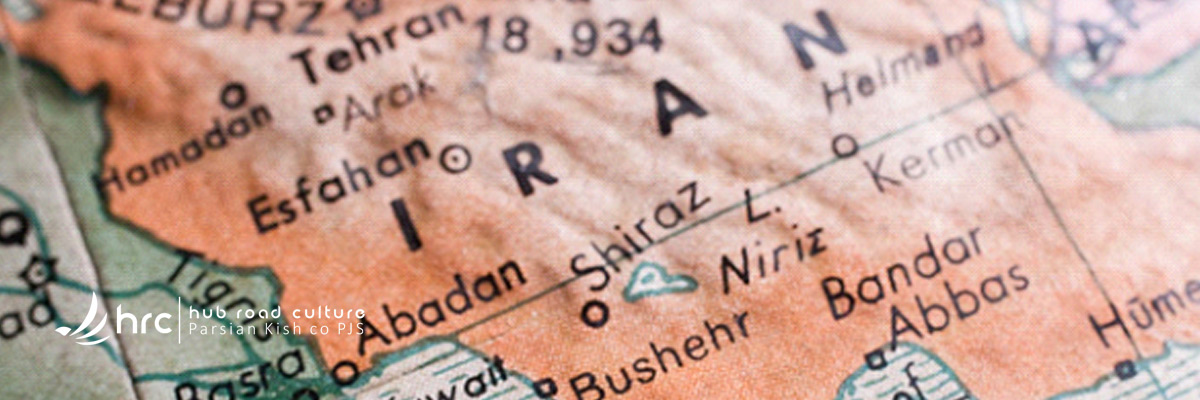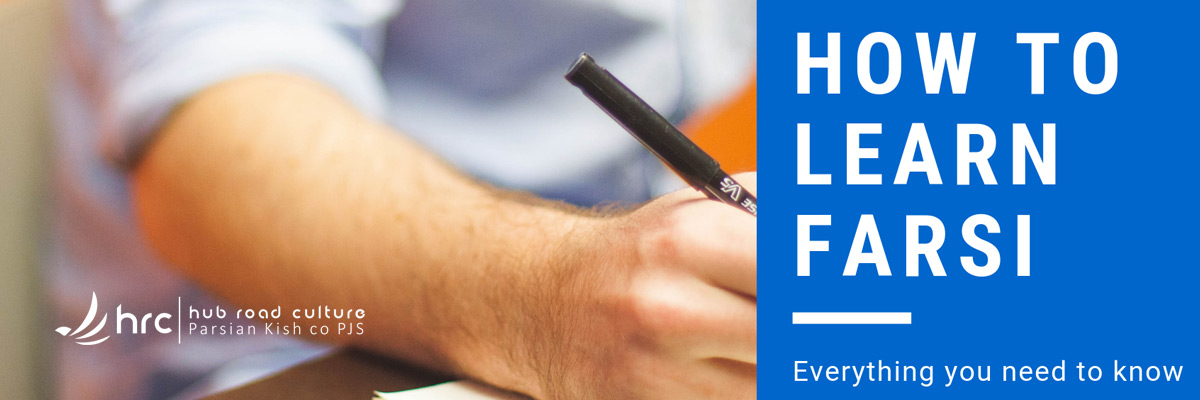Persian in general
Persian is a language almost as beautiful as its region of origin. Unique, poetic and influential, Persian opens the door to one of the most distinctive Middle Eastern cultures.Persian refers, logically, to the language of Persia. But Persia hasn’t officially existed since about 80 years ago, when the King of Persia, Reza Shah, demanded that his country be referred to henceforth as Iran.
Persian/ Farsi Language
Academics classify the Persian language into three separate periods— Old Persian, Middle Persian, and New Persian.
Persian is known as Farsi to its native speakers in Iran, Dari to those in Afghanistan, and Tajik to those in Tajikistan. (these countries were once part of the Persian Empire, and have since developed their own dialects.) Anyway, the majority of its 100 million or so native speakers call it ‘Farsi’.
Why Learning Farsi Speaking?As well as its widespread use in the Middle East, Persian is still used throughout the Iranian diaspora, which is enormous. Practically every major city in the Western world has a strong Iranian community thanks to waves of migration during the 20th century.
In addition to UK, there are also strong communities in Paris, Vancouver, Sydney, and New York. Los Angeles and Toronto are such hotspots that they’ve earned the nicknames ‘Tehrangeles’ and ‘Tehranto’ among Iranians.

Good Reasons to Learn Persian
Travel is not the only reason to learn a language, for example Learning Farsi Speaking. There’s also art, literature, music, film, and more. Persian cultural expression over the centuries has given birth to some of the most famous philosophical literature and romantic poetry ever written in any language.Moreover imagine the pleasure of being able to read the work of Iranian great authorities, especially Rumi, Saadi, Hafez, Ferdowsi, and Omar Khayyam, renown ancient Persian writers, who command respect in whole world in general and among the English speaking world in particular.Is it similar to other languages?While Learning Farsi Speaking, better to know that like any language, Persian has similarities to other languages that make it approachable and familiar, but it also has differences that can be a challenge for English speakers. There are some phonemes or sounds in Persian, like [x] /خ/ and [Ɣ] /ق/, that don’t exist in English. Or, the grammatical structure of Persian is typically subject-object-verb which can be an adjustment for those who are not native speakers, but anyway start Learning Farsi Speaking
Persian Alphabet
The Farsi language is written right to left using the Persian alphabet, which was modified from Arabic script.
One of the first thing beginners often tackle is the Persian alphabet, which is case-free and has 32 letters. They are written right to left, and were modified from Arabic script. These letters are often broken down into smaller groups that make learning Persian more manageable, and you’ll discover that some of the sounds are redundant. So, quite confidently, start Learning Farsi Speaking.

Learn Farsi Pronunciation
Persian is an intonational language, meaning that the rise and fall of your voice or the pitch can determine meaning.
There are four pitches in Farsi: high pitch for new information, low pitch for information already given, low followed by high pitch to indicate contrast, and another variation of low and high pitches that expresses doubt. There are also two major intonation patterns in Persian and, like English, the rise and fall of tones in a sentence can help you determine the difference between a question and a statement.
However, unlike English, Persian is a syllable-timed language, and English speakers may have trouble adjusting at first to the natural rhythm of Farsi. Yet this is not any blockage, and at once start Learning Farsi Speaking.
Best Way to Learn Persian Words
The next stop in your language journey should be to learn both Persian language words and the commonly used phrases that are the building blocks of everyday conversations.

Accelerate your ability to speak the Farsi language by these ways:
• Learn Persian words in context
The key to learning any language is to know not only the words but the context in which those words should be used; e.g: reading stories along with stories told by native speakers.
• Focus on Farsi pronunciation
Feel comfortable with the Persian pronunciations you’ve practiced and some real-time feedback on your accent.
• Ignore Persian script for now
Even if you’re a beginner, it’s advised to simply master the basic sounds and then circle back to becoming an accomplished reader of Persian later.
• Speak Farsi daily
“Practice makes perfect” so you’ll need to commit to speaking Farsi out loud every day until it becomes natural and familiar.
Some useful modes in this step are:
• Immersing Yourself in the Farsi Language
In addition to Learning Farsi Speaking in an immersive environment with contextualized lessons, it’s also important to get as much exposure to the Persian language as possible.
• Getting familiar with Persian literature and poetry
While you may not be able to read some of the more notable works of literature from middle Persian just yet, you can begin with popular children’s stories and folktales.
• Watching Persian movies, TV, and news
In addition to documentaries and classic films, there are also several news and TV sources in Iranian you may be able to subscribe to, including Farsi versions of the BBC.
• Connecting with an Iranian community
You can tour restaurants in Iranian neighborhoods, go to markets, and engage with the thriving pockets of Persian culture that have profoundly influenced communities like Los Angeles, New York, and Washington DC.
Advantages of Learning Farsi Speaking
Choosing Farsi may be a particularly good fit for you if you’re planning travel to the region or encounter Iranian culture as part of your business. Here are a few other reasons:
• Learning Farsi Speaking means knowing more about Iranian culture
Knowing how to speak Persian opens the door to Iranian culture or into a new world.
• Learning Farsi Speaking can help you learn other languages
Learning Farsi vocabulary does provide a bit of a kickstart toward learning other languages, specifically Arabic and Urdu.
• Learning Farsi Speaking is vital for travel to Iran
Knowing the Persian language will help facilitate a better travel experience not only in Iran but also in Afghanistan.

Try a Farsi App
Download a unit app (available on APP STORE and GOOGLE PLAY) and knock it out on the train or a flight. Select a 5-10-minute lesson and sneak it in while you wait in line or for your ride to show up. And explore dynamic features, like Seek and Speak, where you can point at an object in the real world and get a translation. Right now, take the first step of Learning Farsi Speaking; well, what was that?

